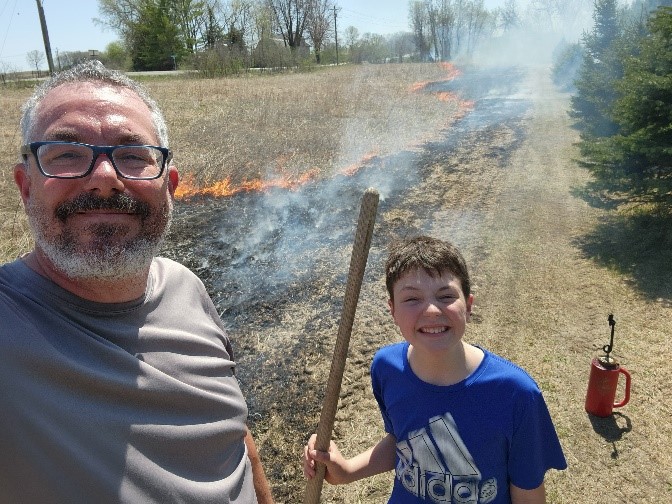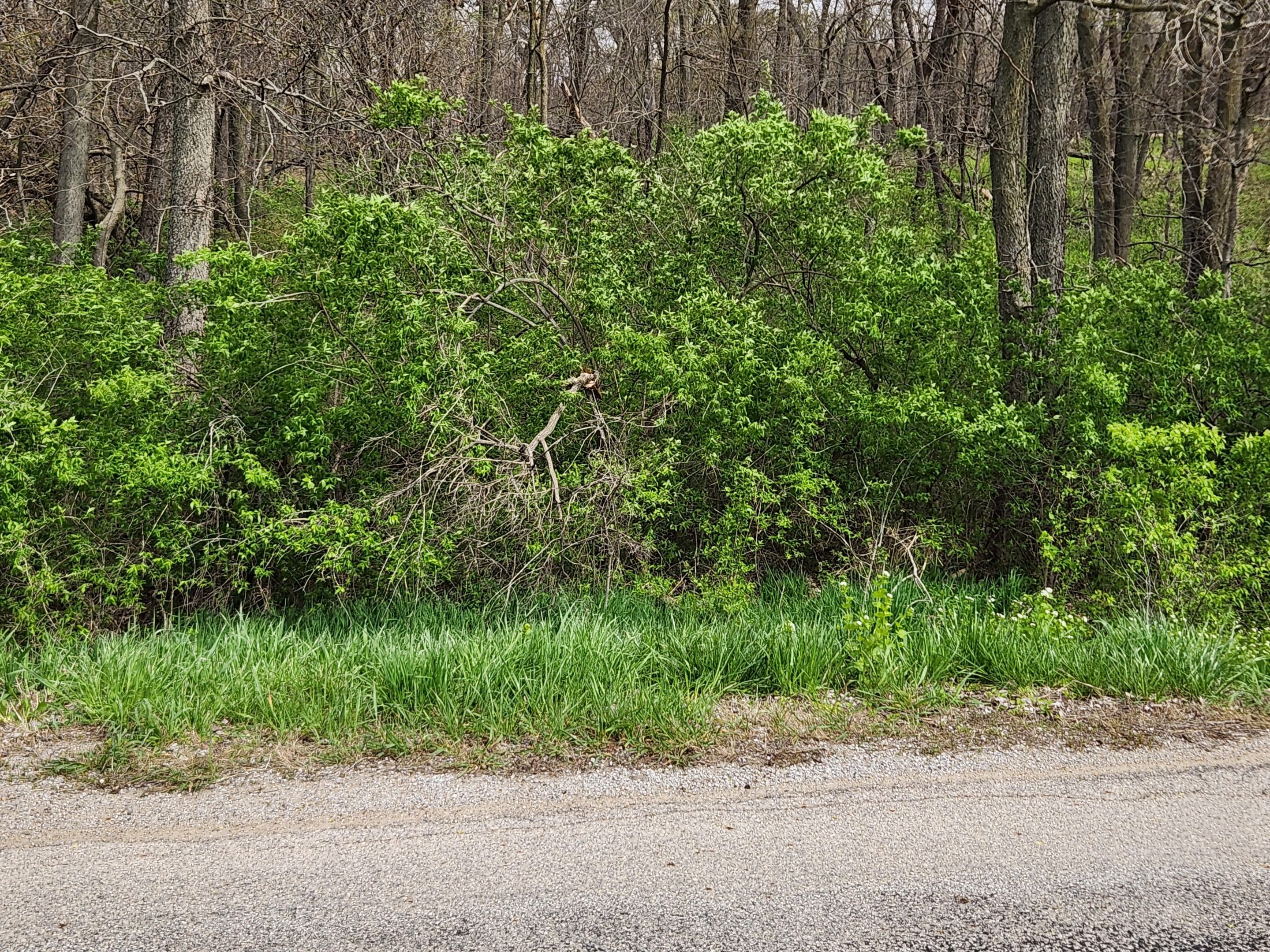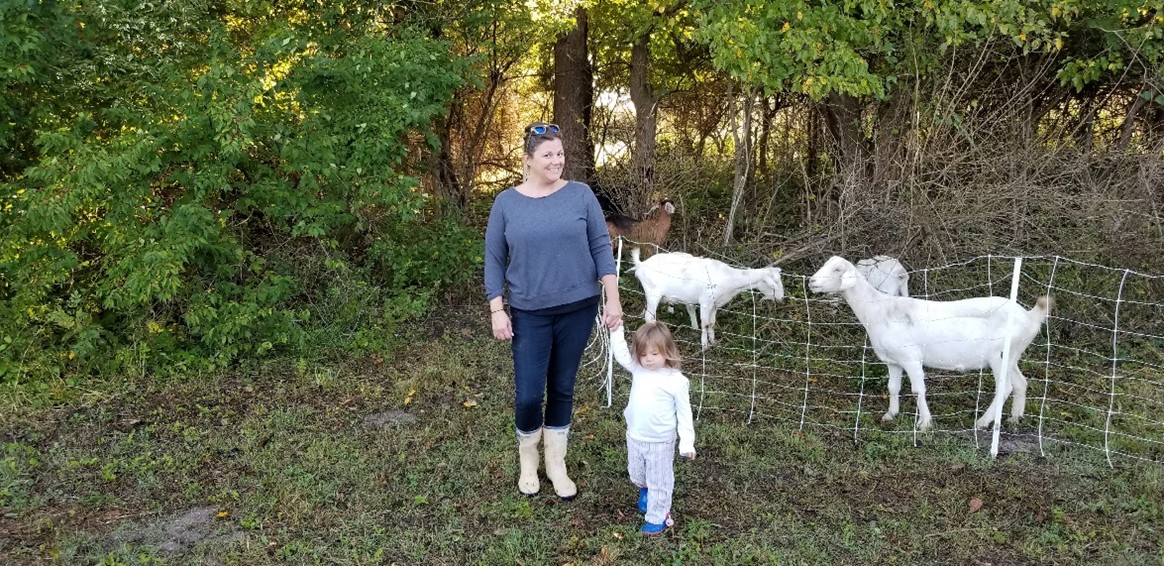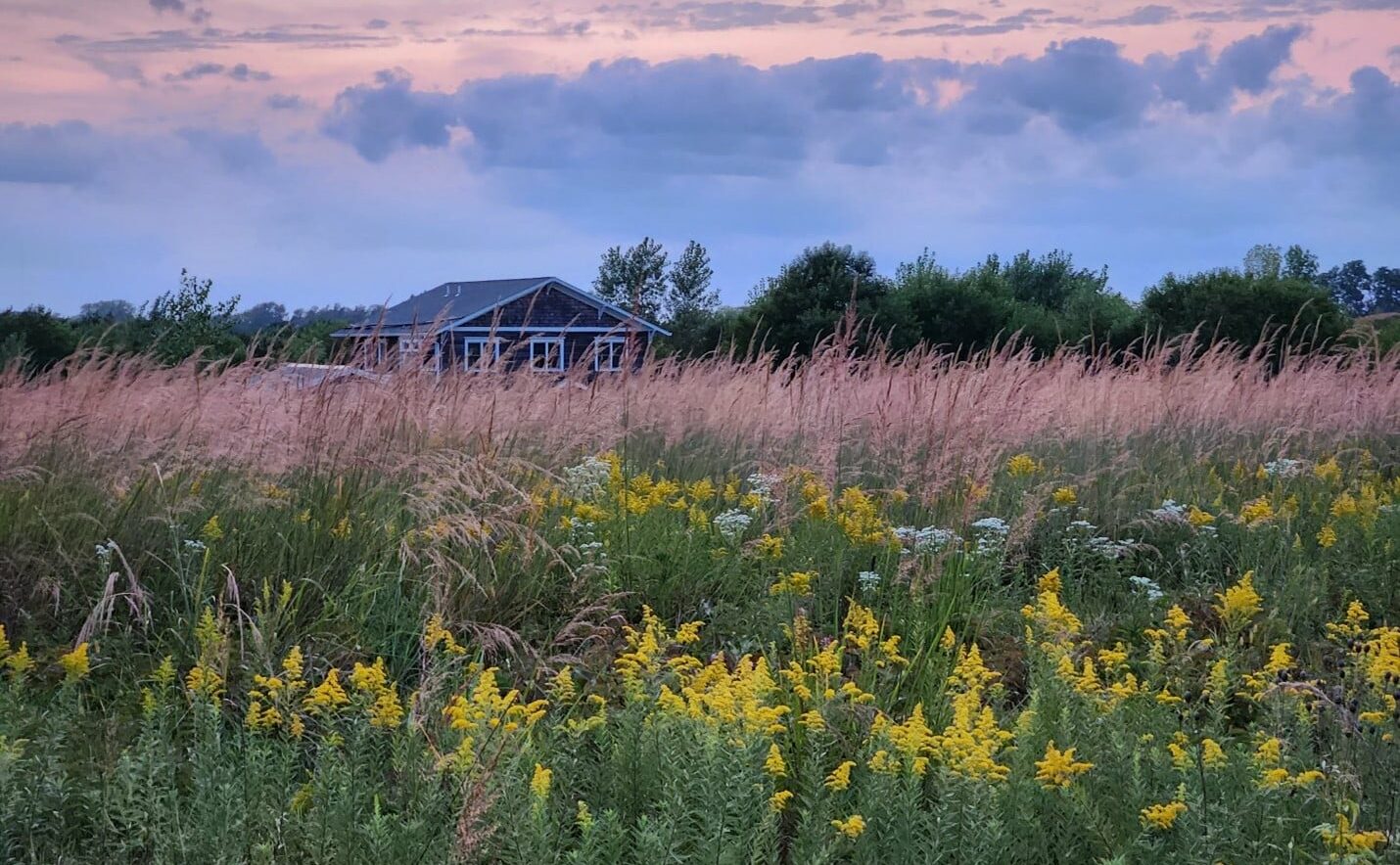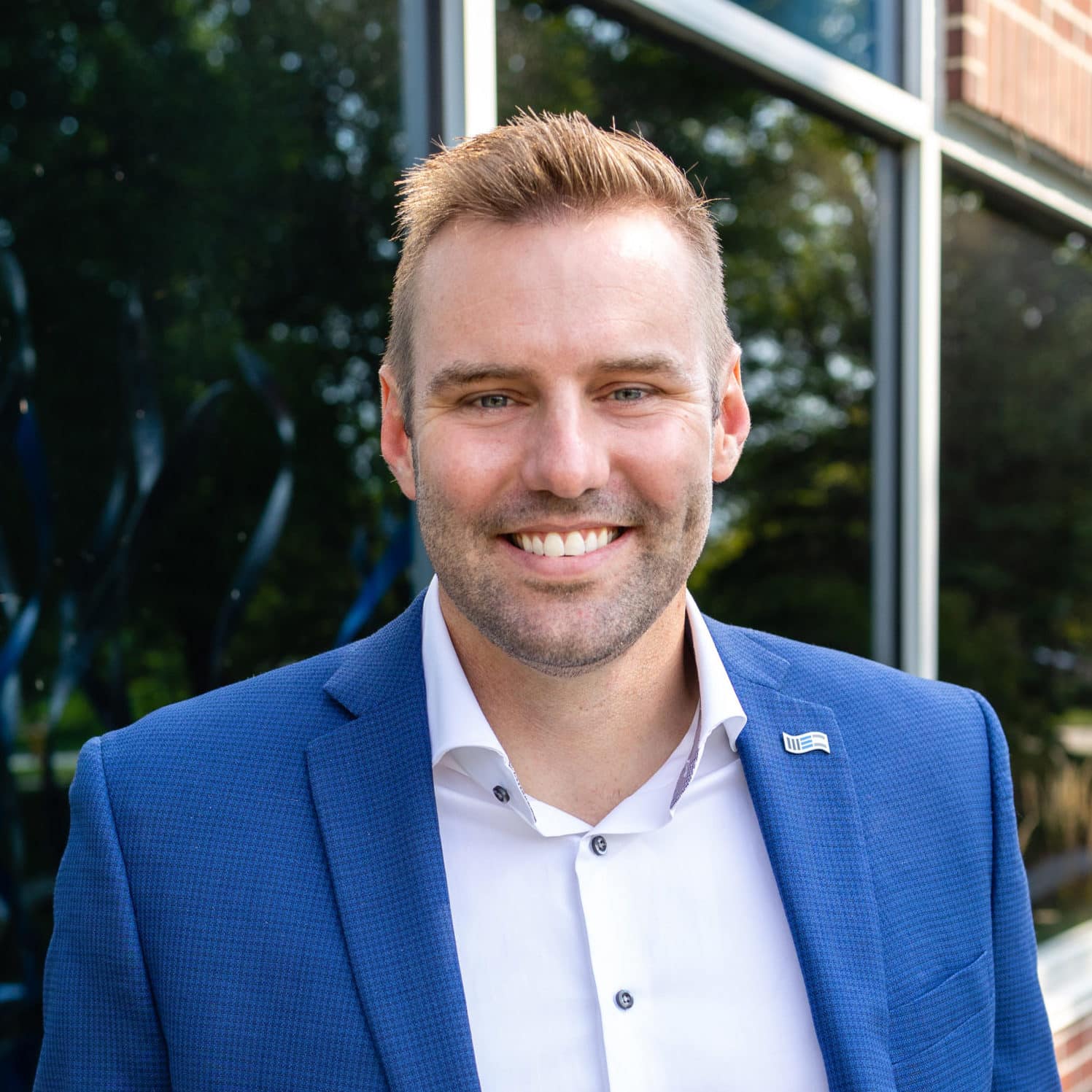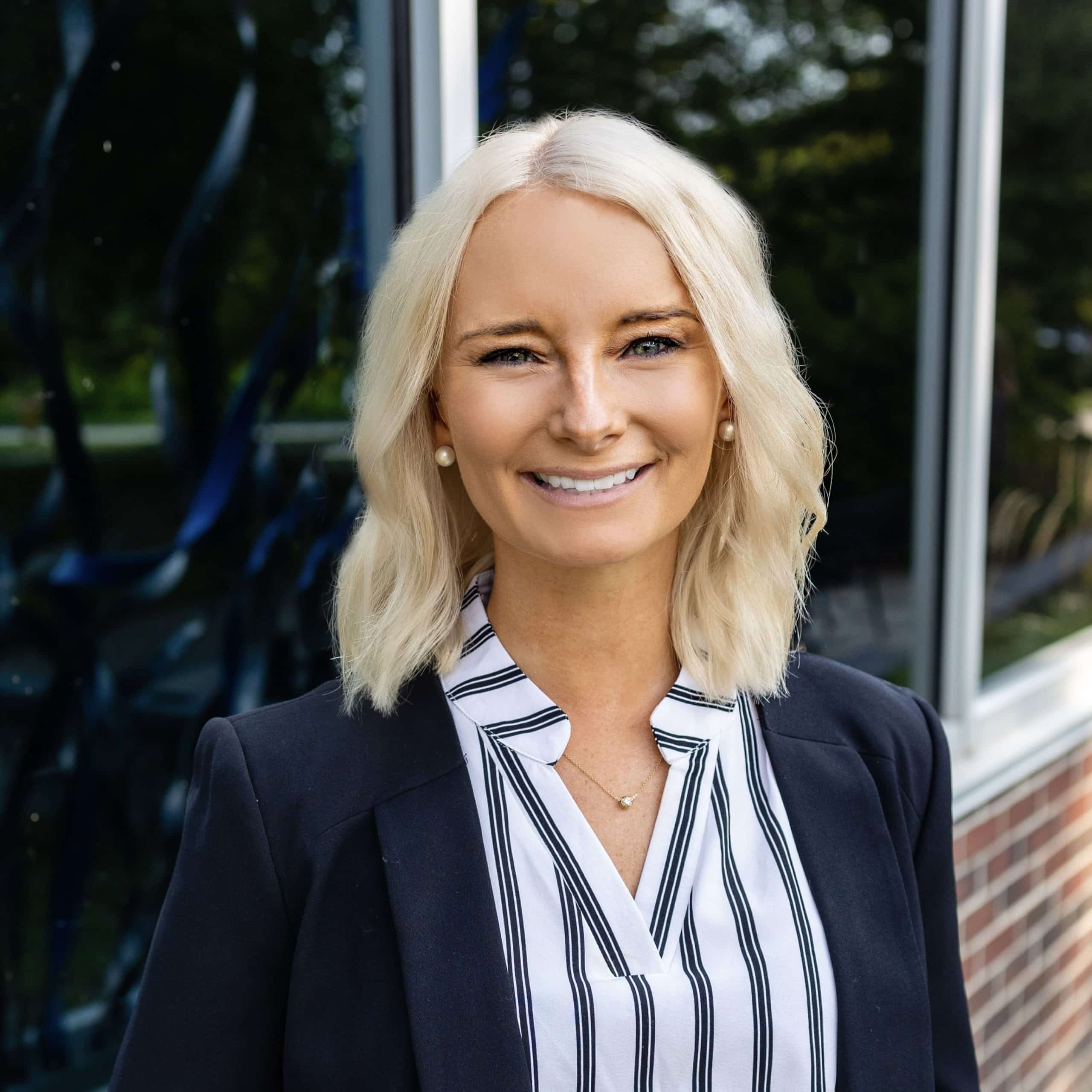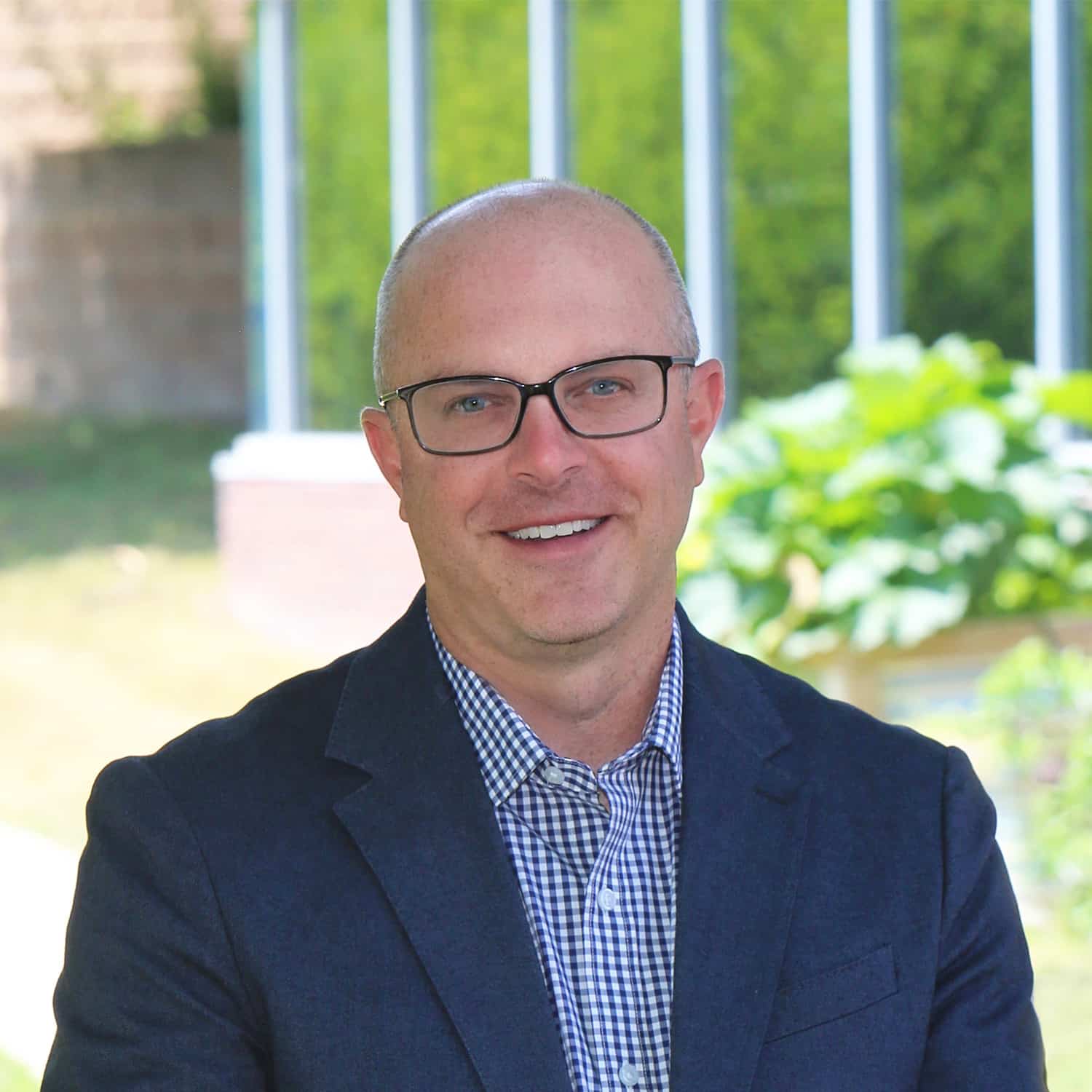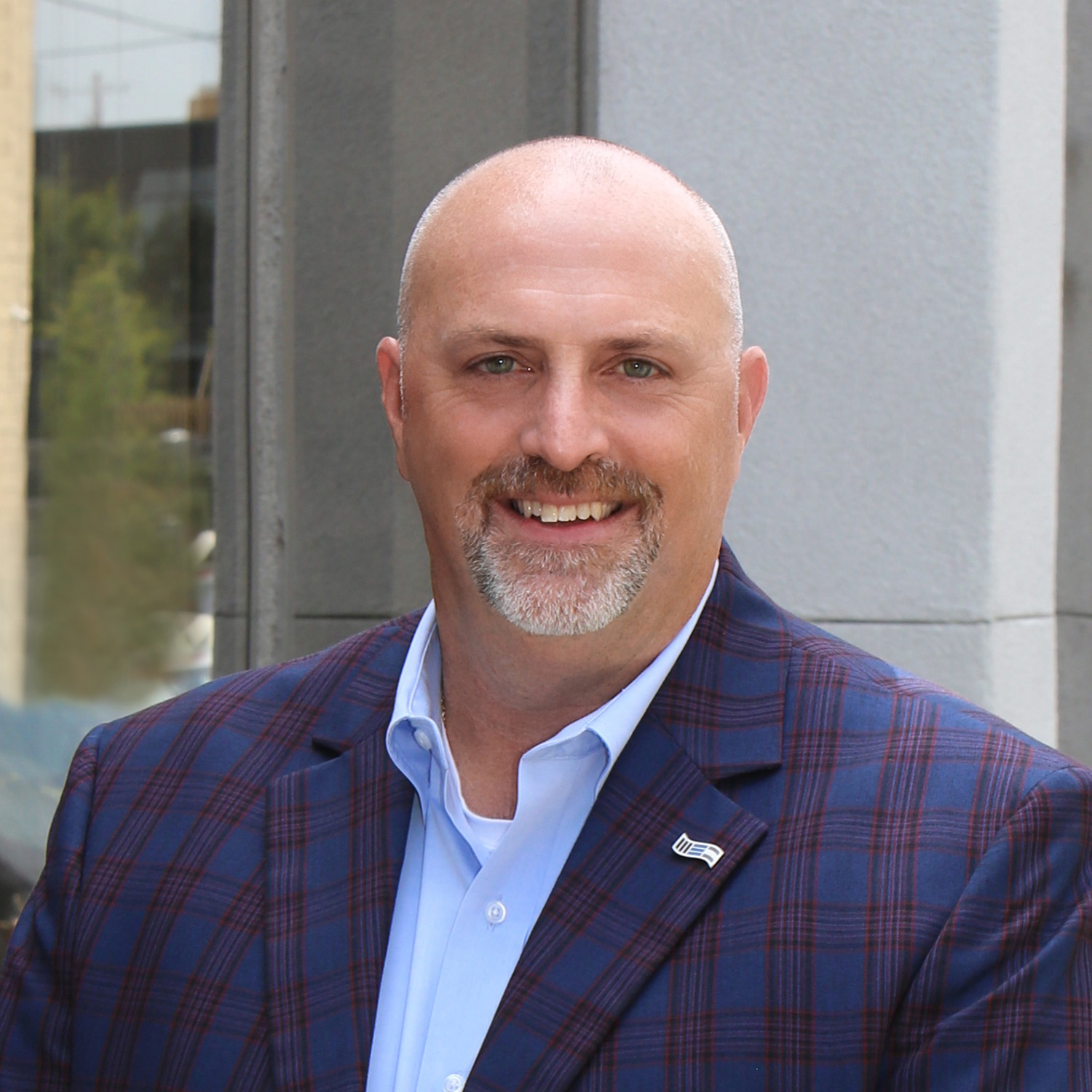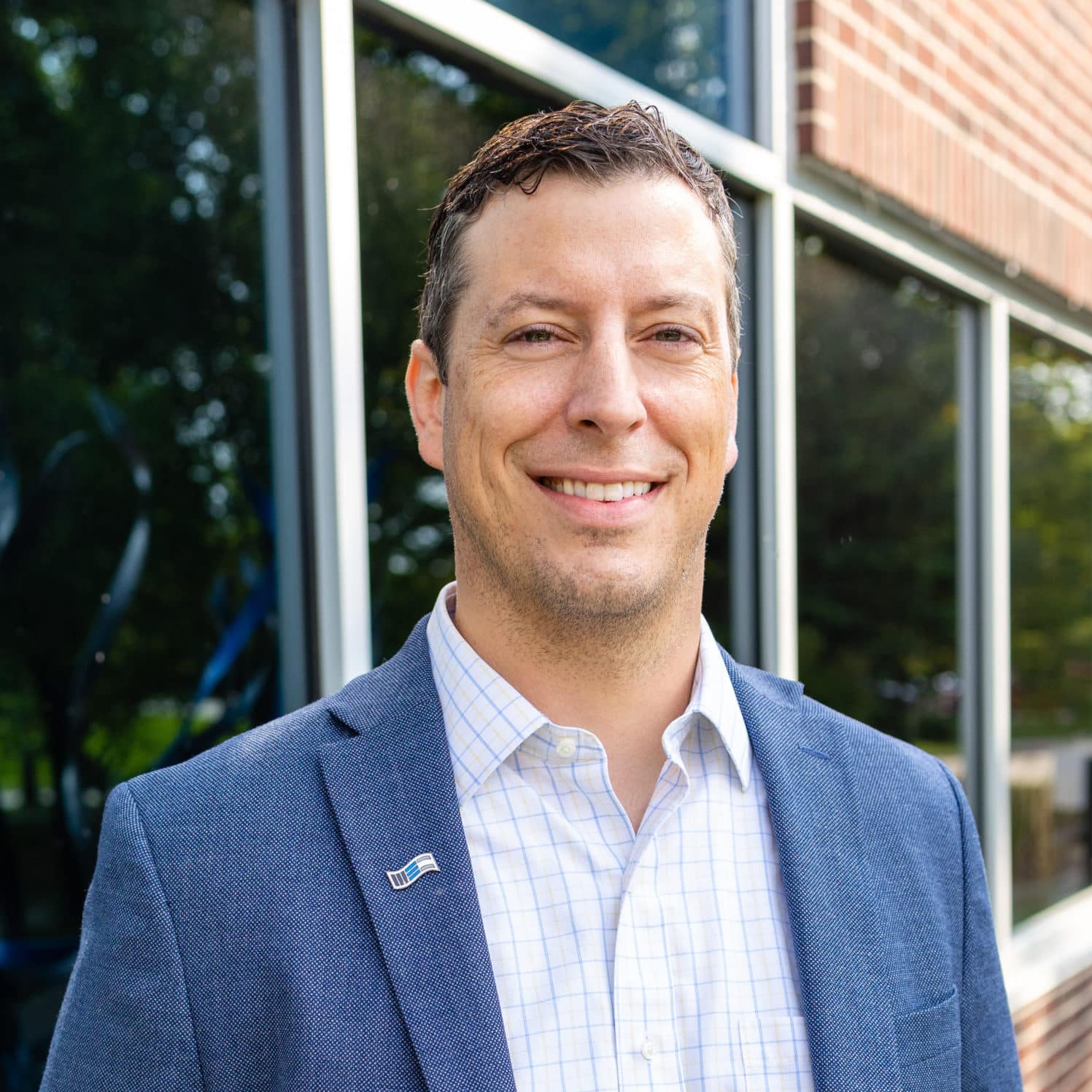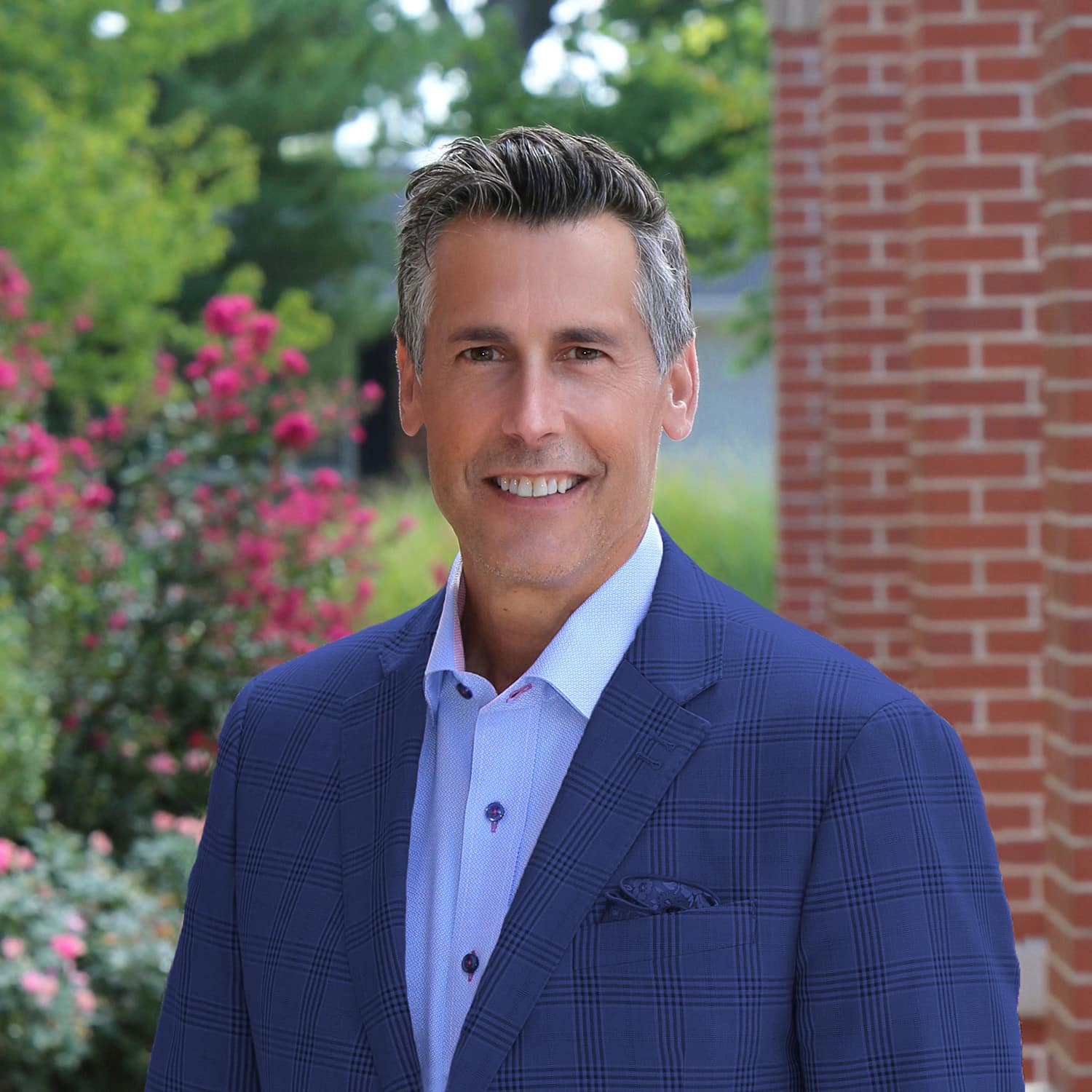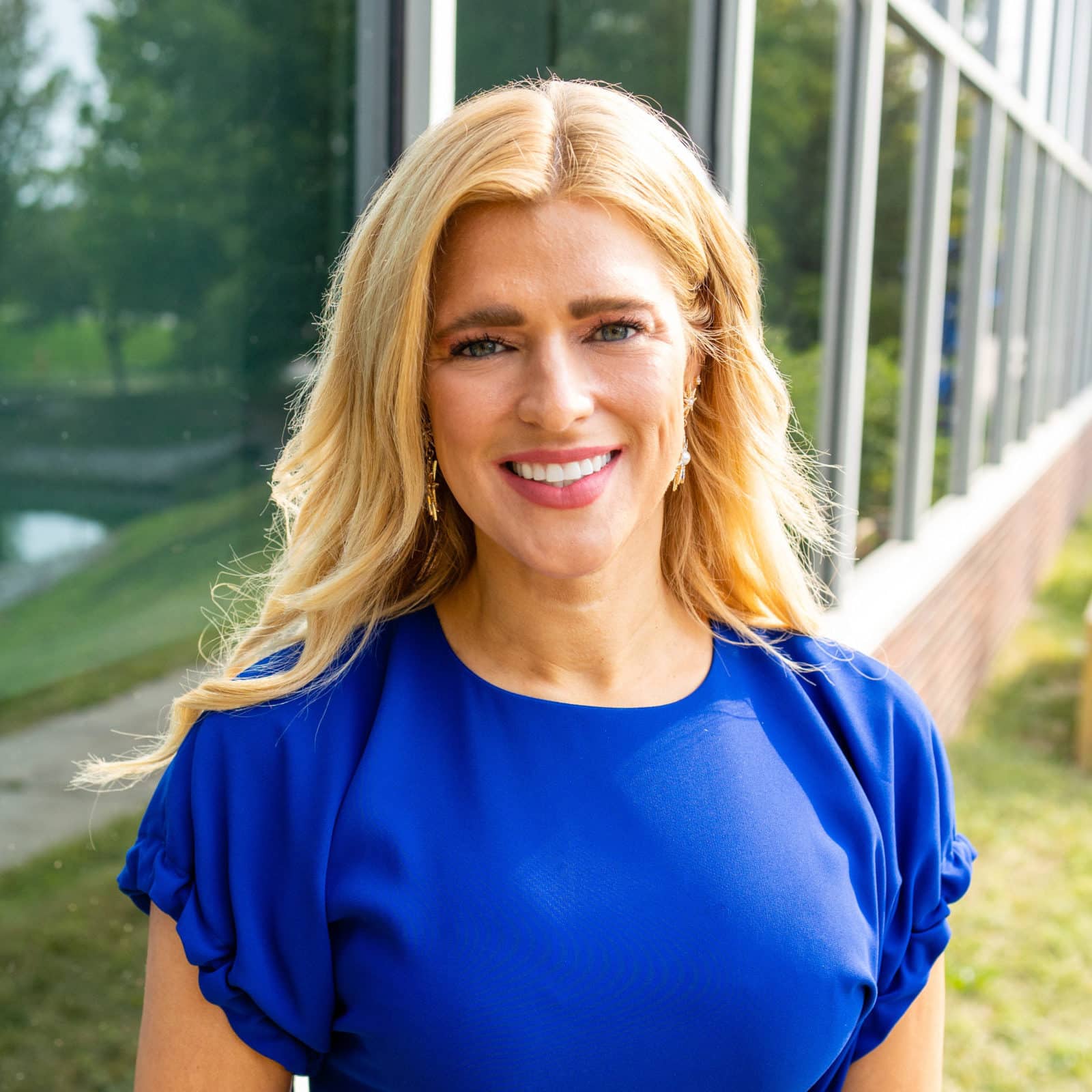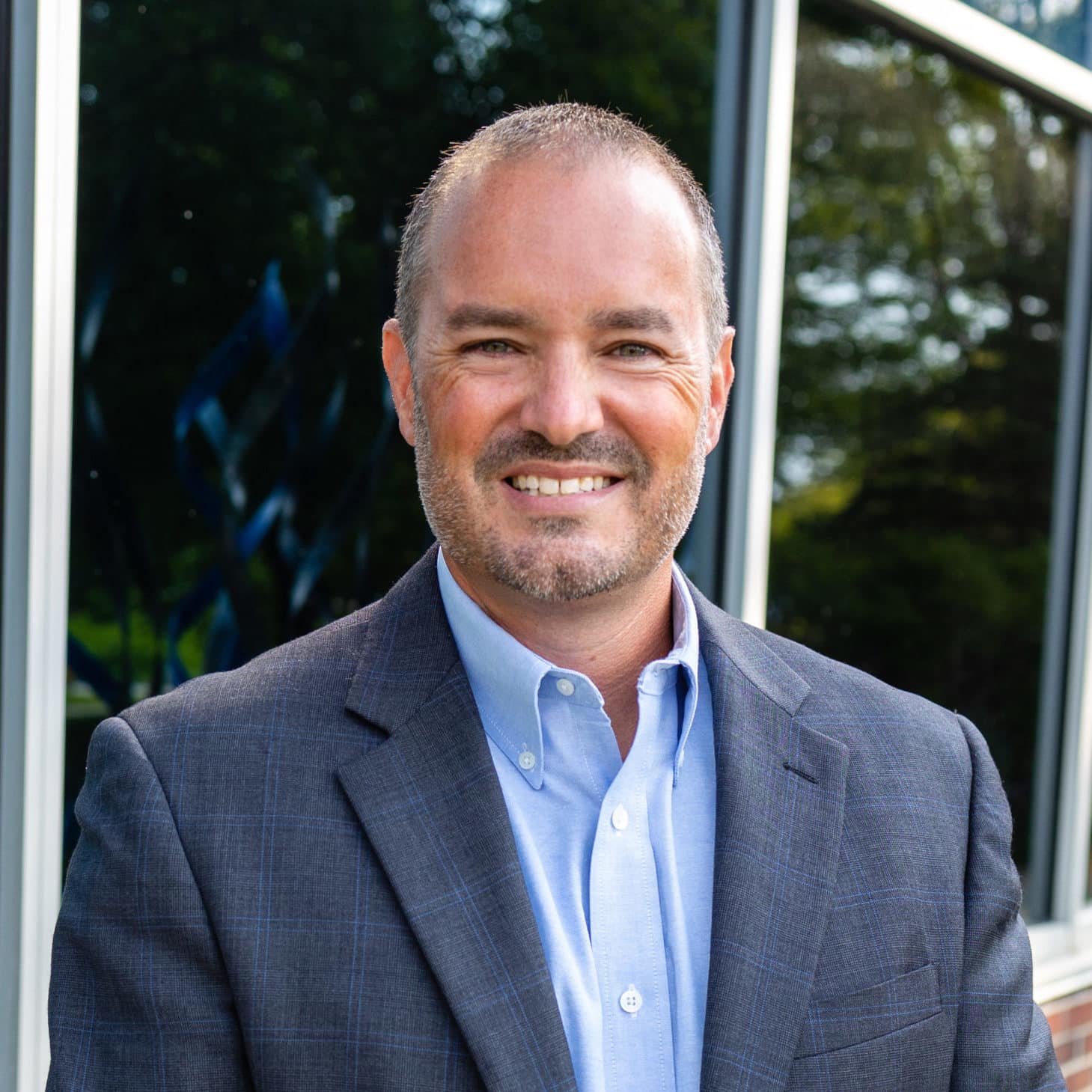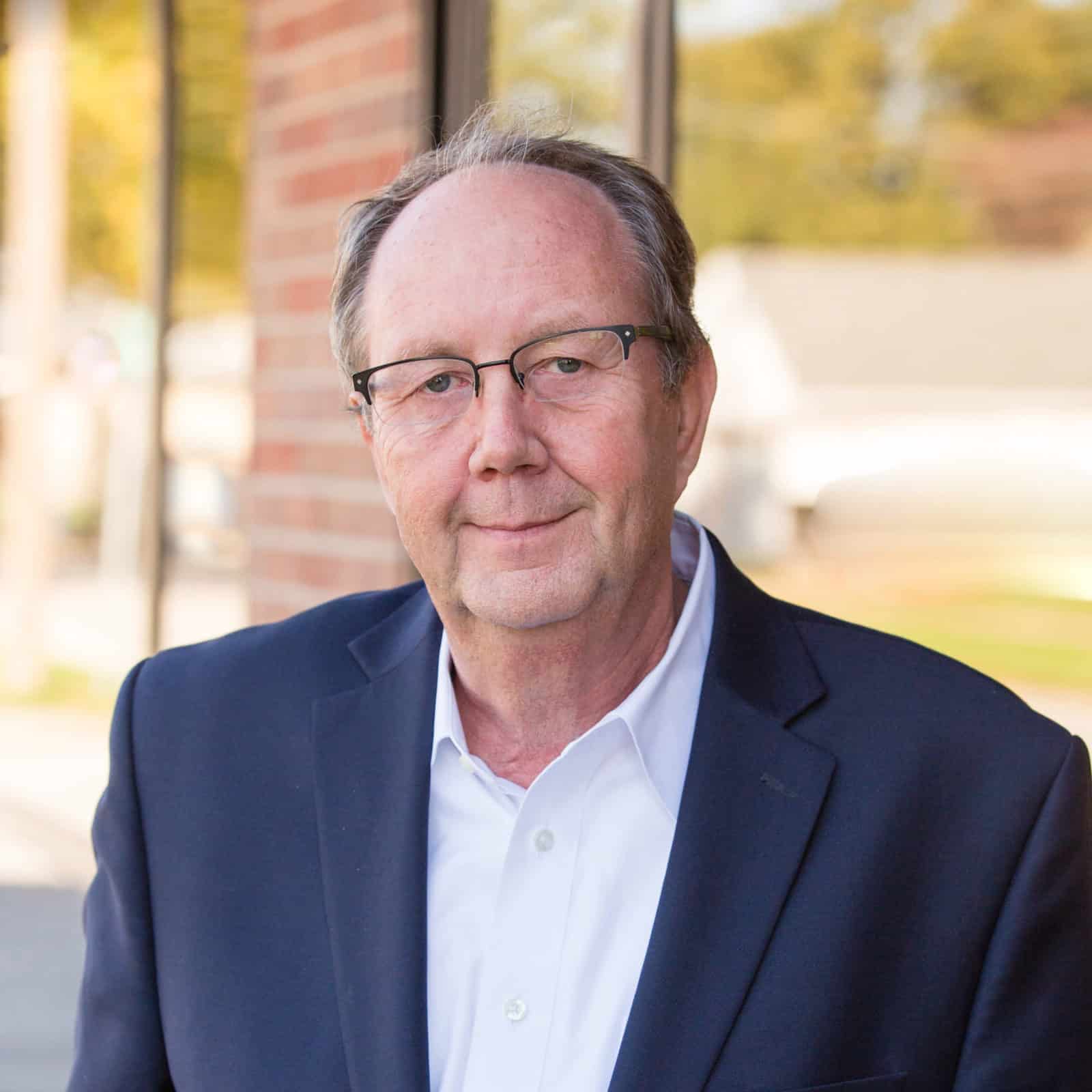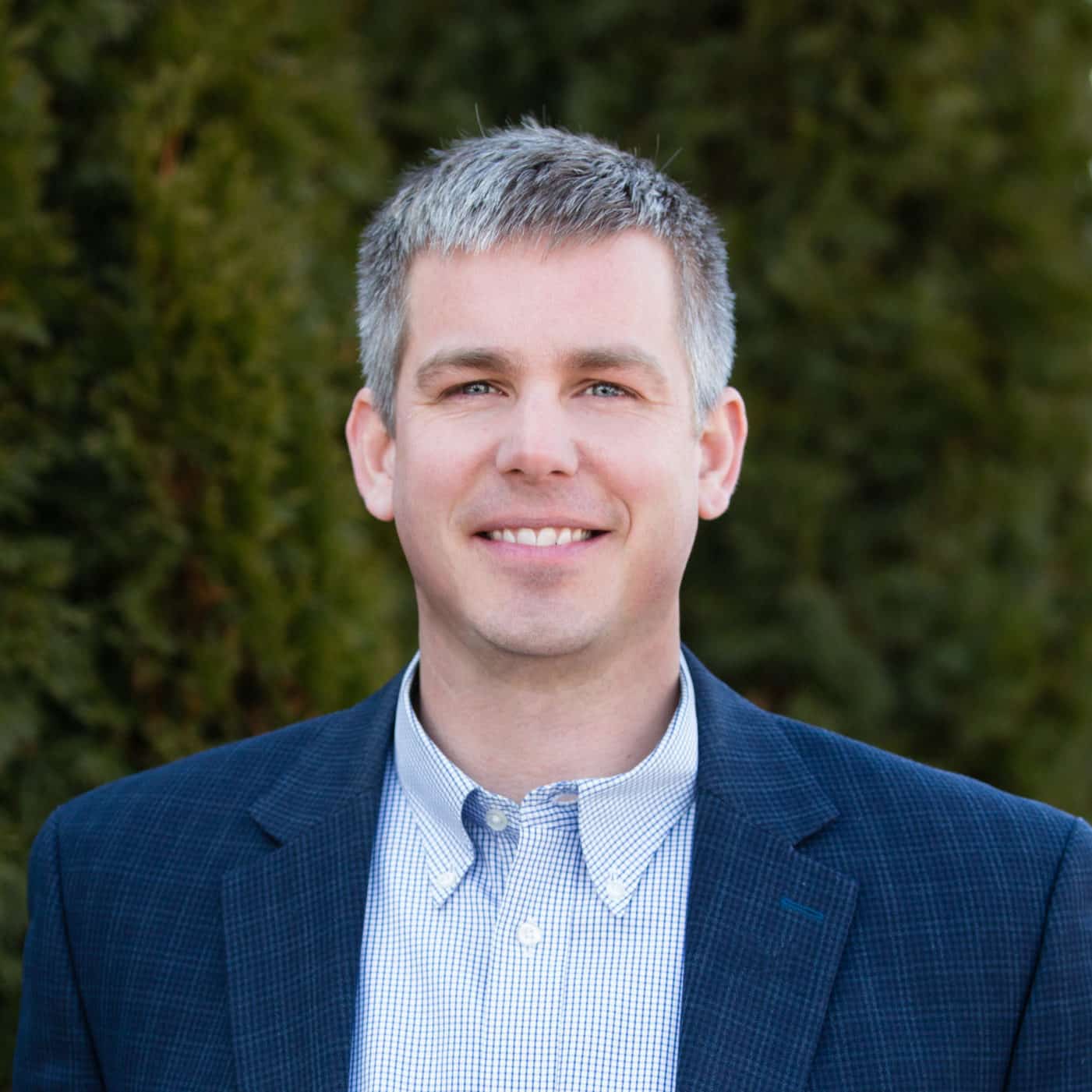Every spring around Earth Day my extended family and I get together to do our part to preserve and protect native Iowa ecosystems. A lot of people spend hours planting a few trees on Earth day, which is really cool and an honorable tradition, but our goal is to kill sapling trees by the thousands, which takes just a few minutes if the weather cooperates.
It might seem counterintuitive, but Iowa’s native prairie and savanna ecosystems require fire to stay healthy, diverse, and fight off encroaching invasive species. Trees and woody underbrush are surprisingly quick to invade and outcompete preferred vegetation. To stop them, we use controlled fires to mimic natural forest fires.
Rural Iowa Ecosystems
When you drive down the road in rural Iowa you mostly see corn, beans, cows, and pigs, along with a few areas of forest remaining, usually along river bottoms and other unfarmable ground. It obviously didn’t always look like that, but a lot of people are surprised to learn that even the remaining patches of wild land are seriously altered and unhealthy ecosystems.
The image on the right is a pretty typical “wild roadside” scene in Iowa with underbrush so dense you can’t see through, much less walk into it. Iowa didn’t look like that before our European ancestors commandeered the landscape. They eliminated large grazers like bison and elk, and started suppressing fire to protect development and crops.
When you take away those natural processes you change the game for native vegetation competing for space, light, and soil. When natural fires and grazing are absent, non-native plants and even overly aggressive native plants can take over.
In the early 1800’s Iowa was about 85% prairie and savanna (a savanna is basically a prairie with a few scattered oak trees or other hardwoods), but by 1900 most of that had been plowed for cropland. Today less than 0.02% of Iowa’s original prairie/savanna ecosystem remains.
Only recently did we start to realize that native vegetation and the immense biodiversity that it supports is actually critical for the long-term survival of our own species. It turns out we need diverse pollinators (insects and other critters that help plants reproduce) to produce our own food, and diverse pollinators need diverse plants for their own sake. Modern conservation efforts are underway here and there to create “biodiversity islands”, which is where the topic of ‘setting my family’s acreage on fire’ comes in.
Rotational Ecosystem Restoration
We use a specific technique called “rotational ecosystem restoration” to bring areas overgrown with invasive species back to health.
Step One
The first step is grazing the woody species with goats to stress the plants, and open up the lower canopy so sunlight can reach the ground.
You can see in the photo below how our goats have stripped all the leaves from the lower 6 feet or so of the woody vegetation, compared to the scene on the left. Once the goats have “cleaned” an area we pull up the net fencing and move them to a new patch.
When light can reach the ground grasses and wildflowers can start coming back. The taller woody vegetation will survive, but after a season of getting more sunlight the grasses start to add a layer of “fine fuel” along the ground, which opens the door for step two – fire.
Step Two
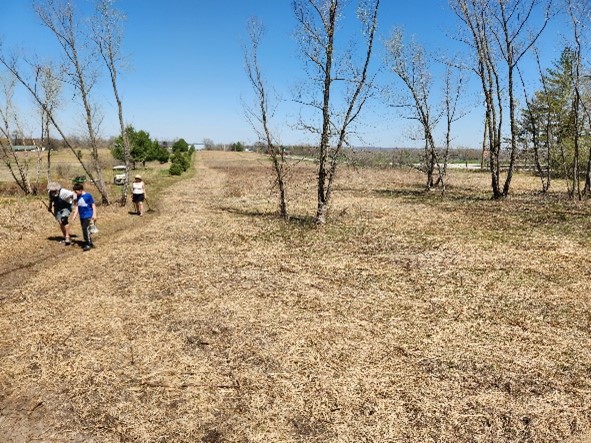
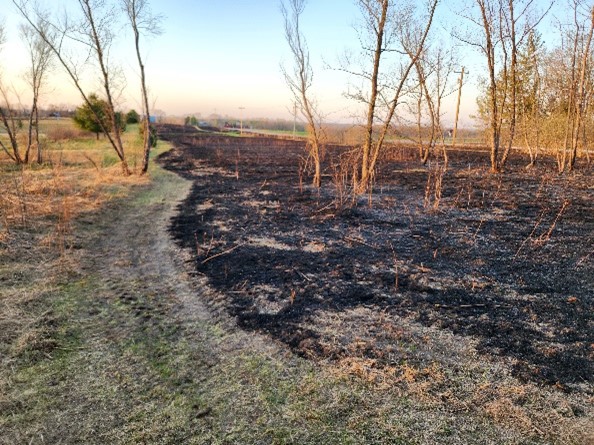
Step Three
We then perform “maintenance burns” on the restored savanna every few years to keep new saplings from getting tall enough that they can survive the fire.
We also rotate our restoration efforts spatially – it’s important that we don’t burn huge areas in the same year so that we don’t kill all of the insects and other micro-fauna that live there. Any bugs and critters unlucky enough to be above ground in the burn area probably won’t make it, but native species are pretty good about spreading themselves out across a landscape.
If we burn sporadic patches occasionally from year to year, there should be enough survivors to re-colonize each area after the burn.
Safety
While prescribed burning offers numerous ecological benefits, safety is paramount. I am a trained professional so I carefully plan and execute burns, taking into account weather conditions, fuel moisture levels, and potential impacts on nearby land owners. When we prepare this data for clients all of the logistical and safety information goes into a document called a “Burn Plan”, which we share with the local fire department just in case.
I also prepare long in advance by mowing and discing fireproof “lines of control”, wetting the perimeter, notifying authorities and neighbors, and having a lot of safety gear and helpers nearby. By adhering to strict guidelines and protocols, the risk of unintended consequences is minimized, allowing for the safe and responsible use of fire as a management tool.
Conclusion
The photo above is the end result – a thick stand of native grasses and wildflowers with my house in the background. This Earth Day, let us celebrate the power of prescribed burning as a tool for ecological restoration, recognizing its role in nurturing the natural beauty and biodiversity of Iowa’s prairie and savanna ecosystems. Together, we can continue to work towards a more sustainable future, where the health of our planet and its ecosystems remains a top priority.
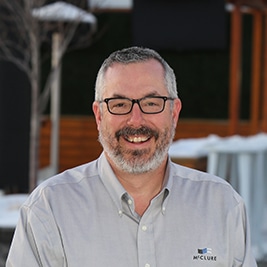
Aaron Gwinnup, PE
Aaron is a licensed Professional Engineer in the State of Iowa and brings 28 years of experience (1 year with McClure and 27 years with other firms). Aaron serves as McClure’s Environmental Team Leader and specializes in surface water engineering, stream stabilization and bioengineering, ecological restoration, and upland water quality practices. His consulting career has included a wide range of projects including environmental permitting and regulatory assistance, NEPA compliance, USACE Section 408 Review, FEMA Accredited Levee Certification, projects in contaminated sites, and other challenging regulatory scenarios. Aaron earned a Master’s degree in Environmental Engineering in 2011 and a Bachelor’s in Civil and Environmental Engineering in 2010, both from the University of Iowa.

Aaron Gwinnup, PE
Aaron is a licensed Professional Engineer in the State of Iowa and brings 28 years of experience (1 year with McClure and 27 years with other firms). Aaron serves as McClure’s Environmental Team Leader and specializes in surface water engineering, stream stabilization and bioengineering, ecological restoration, and upland water quality practices. His consulting career has included a wide range of projects including environmental permitting and regulatory assistance, NEPA compliance, USACE Section 408 Review, FEMA Accredited Levee Certification, projects in contaminated sites, and other challenging regulatory scenarios. Aaron earned a Master’s degree in Environmental Engineering in 2011 and a Bachelor’s in Civil and Environmental Engineering in 2010, both from the University of Iowa.
Learn More
Learn more about McClure’s Environmental services or contact us at info@mcclurevision.com.
